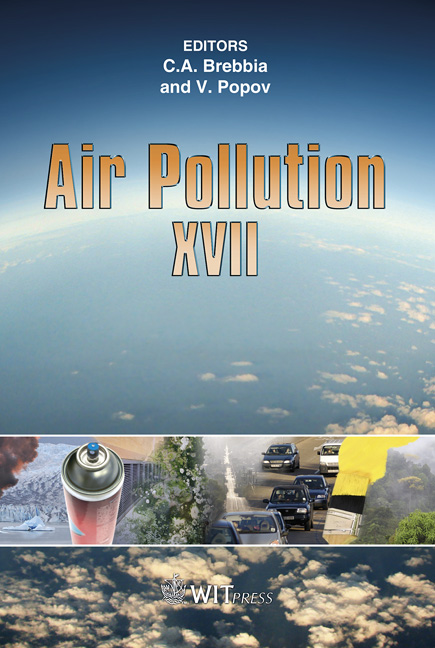Application Of Advanced Optical Methods For Classification Of Air Contaminants
Price
Free (open access)
Transaction
Volume
123
Pages
9
Page Range
237 - 245
Published
2009
Size
925 kb
Paper DOI
10.2495/AIR090221
Copyright
WIT Press
Author(s)
M. Wlodarski, K. Kopczyński, M. Kaliszewski, M. Kwaśny, M. Mularczyk-Oliwa & M. Kastek
Abstract
Biochemical, highly sensitive methods of pollutant identification have common drawbacks – relatively long analysis time and the necessity of on-site sample collection. Optical methods are less sensitive and less selective, but they allow real time analysis. These optical methods include Fourier Transform Infrared Spectroscopy (FTIR), and Laser Induced Fluorescence (LIF). Both methods give the possibility of stand-off detection. The aim of the presented work is to study the possibilities of detection and classification of air contaminants, based on their optical properties. In this work we present measurement results of UV-VIS fluorescence characteristics and IR optical absorption of vegetable pollens, bacterial spores, and non-biological air contaminants (diesel fuel, dust, syloid). Results of the principal components analysis show that both LIF and FTIR methods allow distinguishing between groups of materials, i.e. pollens and nonbiological materials, thus making application of these methods for detection and preliminary classification possible. Keywords: biological contaminants, LIF, FTIR, stand-off detection, UV-VIS fluorescence, pollution monitoring.
Keywords
biological contaminants, LIF, FTIR, stand-off detection, UV-VISfluorescence, pollution monitoring





